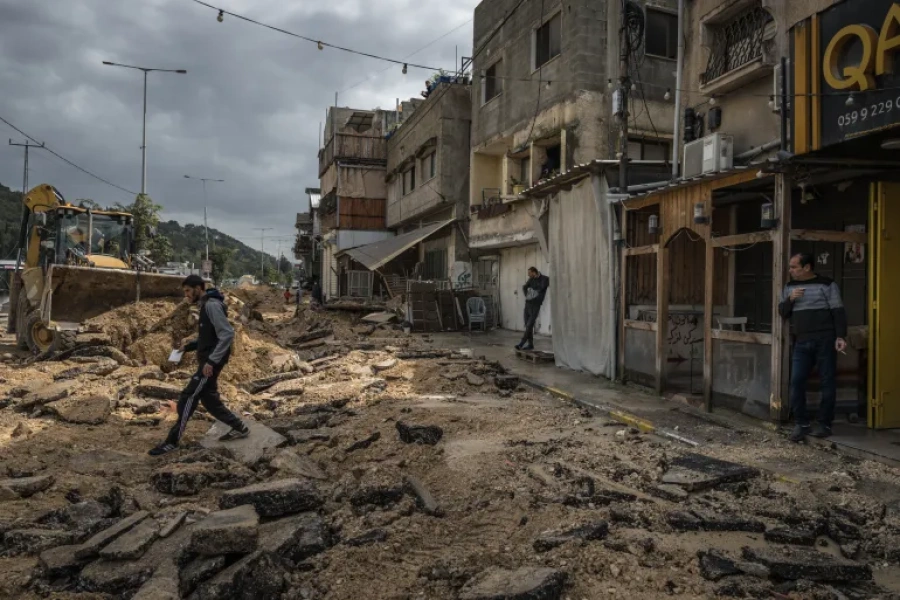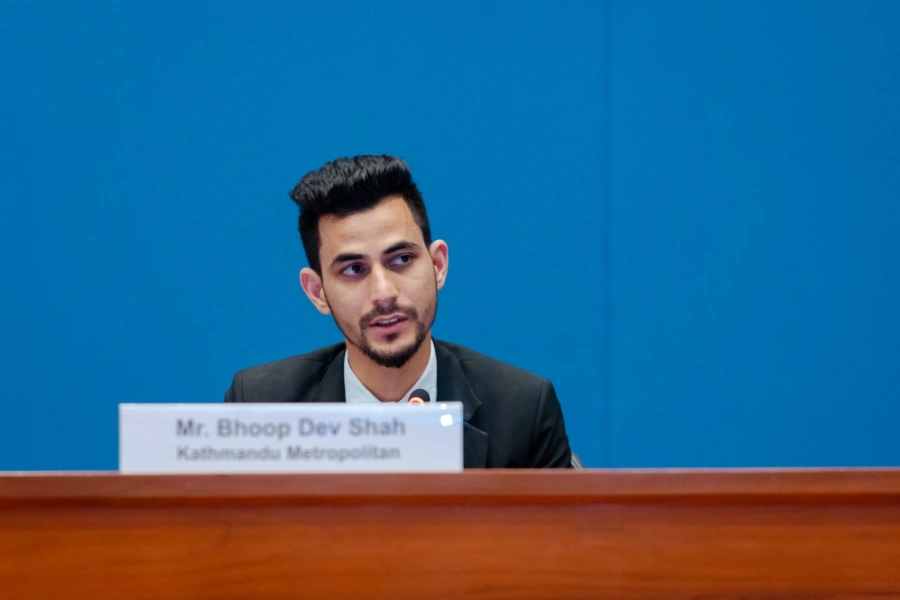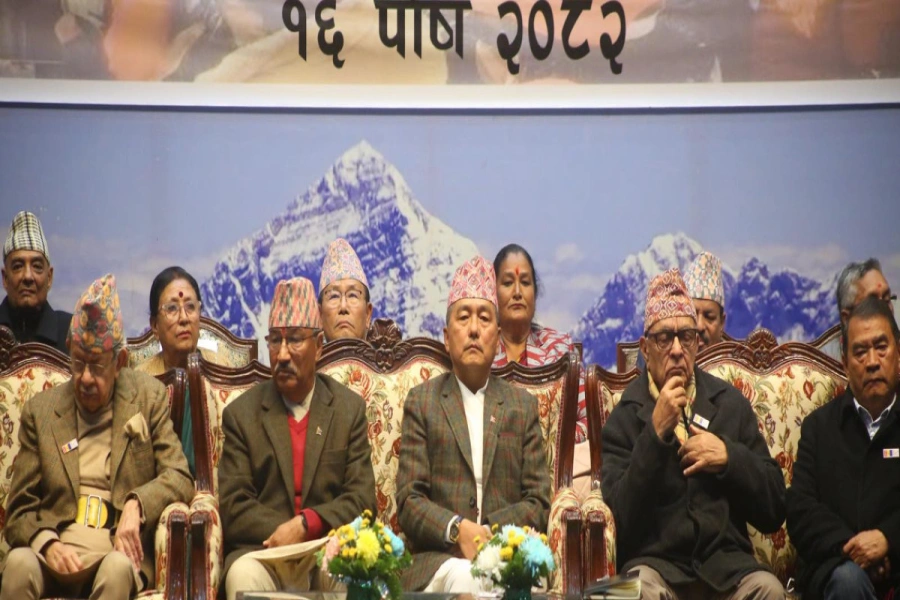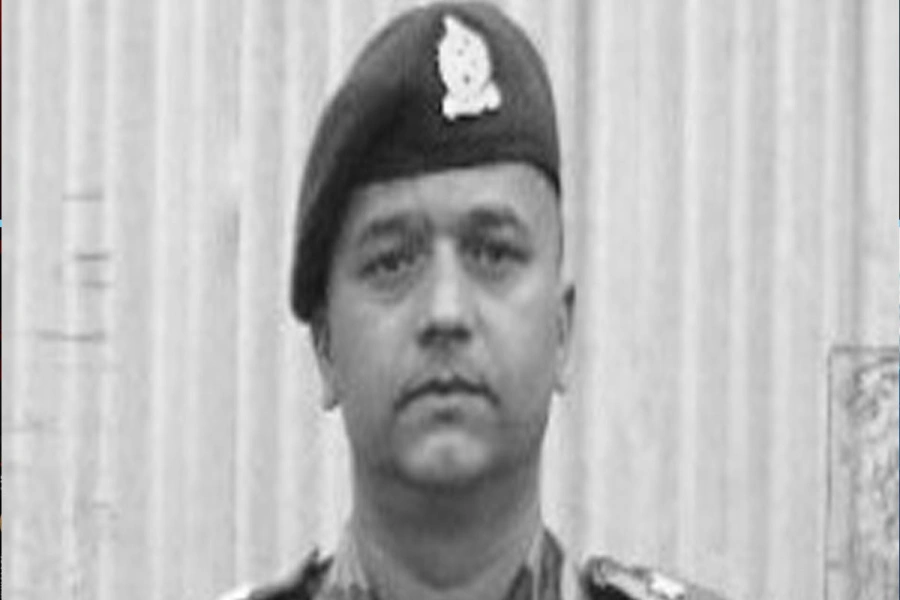Jay Poudyal, founder of Stories of Nepal, has been traveling extensively in Nepal and sharing stories of everyday lives of Nepali people for over five years now. Sometimes, he also works as a freelance photographer, in collaboration with different organizations, documenting lives and livelihoods of Nepali people. Here, with The Week, he talks about what prompted him to start Stories of Nepal, how it all works, and, for a change, shares his own story.
What would you say Stories of Nepal really is?
Stories of Nepal is a photo blog that documents the lives of the Nepali people through stories. These stories are humbling accounts of great hardships and difficulties, of generations of struggles, but they are also stories of great hopes and aspirations and triumphs over a chronic lack of opportunities.
What led you to start Stories of Nepal? Where did you want to go with it?
In hindsight, Stories of Nepal was a desperate attempt to save what little hope I had for my life post alcohol abuse. It was October 13, 2013 and I had been out of the rehabilitation center. As I shut myself in my room, in front of my computer, I felt I had lost everything meaningful in life – family and friends, purpose, and my sanity. Trying to stay sober while continually battling the remnants of lifelong guilt and remorse had taken me to a very low place in life.
That particular day, I had come across a post from Humans of New York that ultimately became the trigger for Stories of Nepal. That day, I remember, I took out my camera, walked outside to the tea shop, and took a picture of Santosh Magar, which became the first picture in the Stories of Nepal blog. This event in my life was to become the cornerstone of a new journey I was to embark on. This journey of self-discovery took me to the depths of my own insanity, healing me spiritually and also taking me to the very ends of my beautiful country Nepal.
Worth of stories

How do you decide where to go? And how do you get a conversation going?
I first look at the map and try to ascertain places that I have not been to. I mostly travel on buses and on foot. In my quest to find unheard stories, I have always tried to reach places that are remote and distant and not just the district headquarters.
When I meet someone, I start by introducing myself and I tell them what I do. I also tell them about Stories of Nepal. Sometimes, I show them the Stories of Nepal Facebook page, when there is internet available. I don’t rush into a story. I’m genuinely interested in listening to people and their life stories. Also, the conversation is not one way. I share my past, my struggles and hopes during the conversation. I find that I’m also willing to open up and be vulnerable, and people are, in turn, quite open and willing to share too. But not everyone wants to share or have his/her picture taken. And I respect their decision.
One’s personality is fundamental to how people react to them. What would you say it is about your own that makes you approachable and trustworthy?
I try to be polite and humble. I have been through a difficult phase in life and in many ways I have learnt to empathize with people. I feel like I have learnt to listen and respect my fellow beings. Everyone’s story is his/her own and I should never be in a position to judge. I feel these characteristics that I have acquired resonates with people I meet for them to trust me with their stories and welcome me into their homes.
So what’s the process behind a post?
I wander around the village I have picked. And I randomly approach people who I see or pass by. I request for their time – to talk or to have some tea together. Many times I go from door to door in the community. With the consent of the person I’m speaking with, I record my conversations. When I’m back to my base, I listen to the recording and transcribe it and share it on the Stories of Nepal website and social media.
Though I never set a target, I speak to anywhere from two to five people in a day. Sometimes the stories can be overwhelming so I give myself time to recuperate mentally to go back to talking to people.
What are some of the most memorable visits or accounts from people you have met?
The brevity of some stories has the power to change you and the way you think. Once I met a didi in Mugu. While she sat on the door of the house, smoking Sulpa, she laughed and told me that hailstorms had destroyed her crops and she had nothing to do other than to smoke Sulpa and laugh at her own misery. I still think of her and of what she said. The courage to sit with misery and laugh at its face is a true human spirit we all aspire to attain. That day I reflected on all the things and opportunities I’ve received in life and was filled with a sense of gratitude.
What do you suppose is the significance of your work (for you at least)?
I started to see how in the very essence we are all just humans trying to get through our lives. As I listened to more and more people, humility, empathy and compassion became an acquired virtue. Stories of Nepal, in many ways, became a catharsis for me personally and, while I could not foresee it at the time, for hundreds and thousands of other Nepalis who, like me, had a tenuous grasp on the reality of the country and the culture we had grown up in.
While unlearning the many things I have been fed by textbooks, I have come to understand that the view of Nepal through the eyes of urban dwellers is quite narrow. The sweeping generalizations and stereotypical narratives on communities are appalling. I just hope that through the stories I put forth, we connect with one another as humans with our shared aspiration and hopes and come forward to help those in need, speak against injustice and understand that being a Nepali does on only mean subscribing to a few prescribed nationalistic ideas. A Newar from Yala will have a different picture of what he/she calls his/her country Nepal from a Tharu in Bardiya.
Have you observed any changes your work has inspired?
Stories of Nepal has been able to form its own community of people who have reached out and offered help to individuals and communities. The community driven fundraisers that I have been able to conduct are examples of how we can all come together, connect as humans regardless of our geography and beliefs, resonate with people’s hardships and social injustices they endure and then take action. We have fundraisers to finance community trainings so that women in marginalized communities may achieve some level of financial security. Many social issues we read about during our school days are as prevalent today as they were then – in the distance parts of the country. We still have to fight for girls’ rights to education among many other such basic things. With Stories of Nepal we’re fighting these archaic issues. I’ve seen a few things get better but there’s definitely a lot more to be done.



































